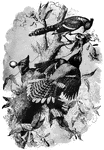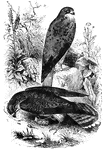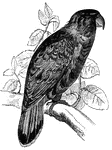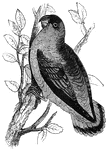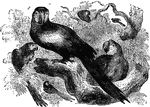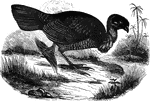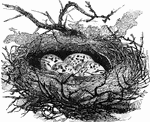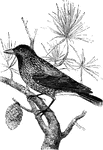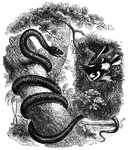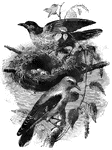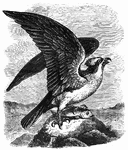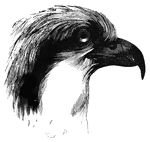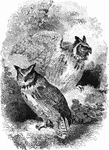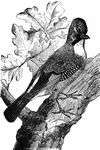
European Jay
The European jay is common through Europe, feeding on vegetables and fruits, as well as on insects and…

Belted Kingfisher
"Many species of the kingfisher family are found in various parts of the world. The belted kingfisher…
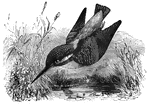
European Kingfisher
Found throughout Middle Europe, the European Kingfisher is a solitary bird that inhabits wet areas,…
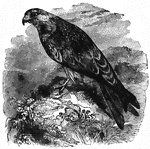
Kite
"Genus Milvus, its length is twenty-six inches; it's color above dark brown; rufous bown below;…
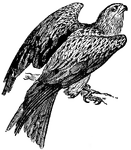
European Kite
European Kites are very miscellaneous feeders, but depend largely on offal, and in the eastern tropics…

Fork-Tailed Kite
"The fork-tailed kite, (N. furcatus) is twenty-five inches long; the wings and tail black;…
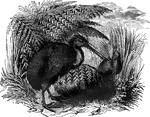
Kiwi
Also known as the apteryx, the kiwi bird posses a long, slender bill, which it uses for feeding on insects…

Lammergeyer
The lammergeyer (Swiss for "lamb-killer") is a member of the vulture family, but has a notably feathered…
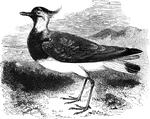
Lapwing
Also known as the peewit, the lapwing is distributed through Europe, as well as some parts of Asia and…
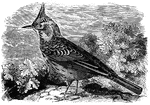
Crested Lark
Feeding mostly on worms and grain, the crested lark frequents Northern Europe i nthe summer, and Southern…

Shore Lark
Found in the north of Europe and Asia, specimens of the shore-lark have been ound as far south as France…

Common Linnet of Europe
The common linnet of Europe is a small, active bird that feeds primarily on seeds.
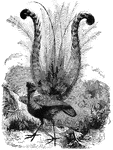
Lyre Bird
Also known as the Superb Menura, the lyre bird is noted for its distinctive tail feathers. The male…

Parakeet Macaw
Native to South America, the parakeet macaw is renowned for its powers to imitate human speech.
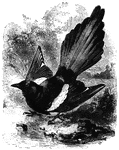
Magpie
The magpie builds its nest in a high tree or a lofty hedge. It is omnivorous, but prefers meat, such…
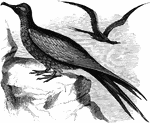
Man-of-War Bird
The man-of-war bird (also known as the frigate-bird or frigate-pelican) is noted for its extraordinary…
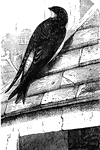
European House Martin
The European house-martin, which has an affinity for living in the vicinity of man.

Meadowlark
Known in Virginia as the old-field lark, the meadow-lark is a migratory bird that feeds on insects and…
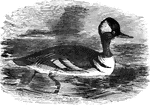
Hooded Merganser
Measuring about nineteen inches long, the hooded merganser is common in North America, its head adorned…
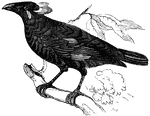
Mino
Found in Java and Sumatra, the mino-bird posses a remarkable ability to replicate human speech.

Moa skeleton
The partial skeleton of a moa, an enormous flightless bird once native to New Zeland, now extinct.
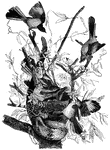
Mockingbirds Attacking a Rattlesnake
A flock of mocking-birds attacking a rattlesnake in a tree, which was threatening a nest.
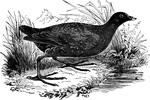
Moorhen
Also known as the waterhen, the moorhen lives around rivers and lakes, feeding on worms, insects, mollusca,…

Natatores
A group of birds of the order natatores, whose webbed feet are well adapted for propelling them on and…
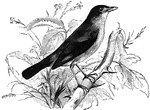
Nightingale
The nightingale is renowned for its song. Its name is derrived from the Saxon meaning night-singer.

Common European Nuthatch
A small, omnivorous bird, which gets its name from the hatches or hammerings it leaves on nuts.
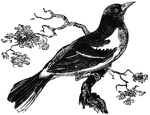
Baltimore Oriole
Familiar in orchards of the United States, the Baltimore oriole is also known as the golden oriole and…
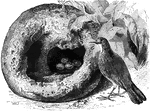
Hornero Ovenbird
The horneo oven-bird, which builds its nest out of clay, straw, and dried vegetation.

Eagle Owl
Eagle or great-horned owl, found in Europe and northern asia. It feeds on hares, rabbits, moles, mice,…

Head of an Eagle Owl
Head of an eagle owl. It has large eyes for seeing at night, and a hooked beak for snaring its prey.

Great Short-Eared Owl
Genus ascalaphia, a large owl, native to southern Europe and northern parts of Egypt.
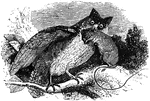
Scops-Eared Owl
A scops-eared owl feeding on a small rodent. It is common in Central and Southern Europe.
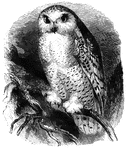
White Owl
The white owl (also known as the snowy or ermine owl), found in the colder latitudes of the world. Its…
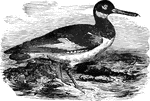
European Oystercatcher
The European oyster-catcher is about eighteen inches in length, commonly found along the sea-coast.…
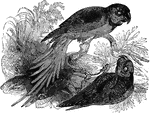
Alexanderine Parakeet
The alexandrine parakeet is a long-tailed species, originally brought back from India by Alexander the…
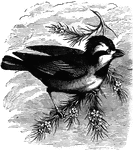
Crested Pardalotte
Usually living around small mountain streams, large spiders have been known to attack and eat the vrested…

Carolina Parrot
The Carolina parrot is native to Guiana, but can be found as far north as Virginia. They often travel…

Crossbill Parrot
Somewhat larger than the common cross-bill, the parrot cross-bill largely resembles its habits.

Long-Billed Parrot
The long-billed parrot (nestor productus) is thought to be the connecting link between parrots…
